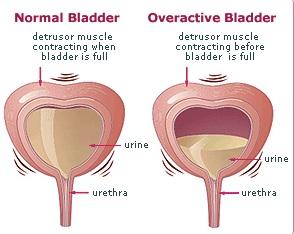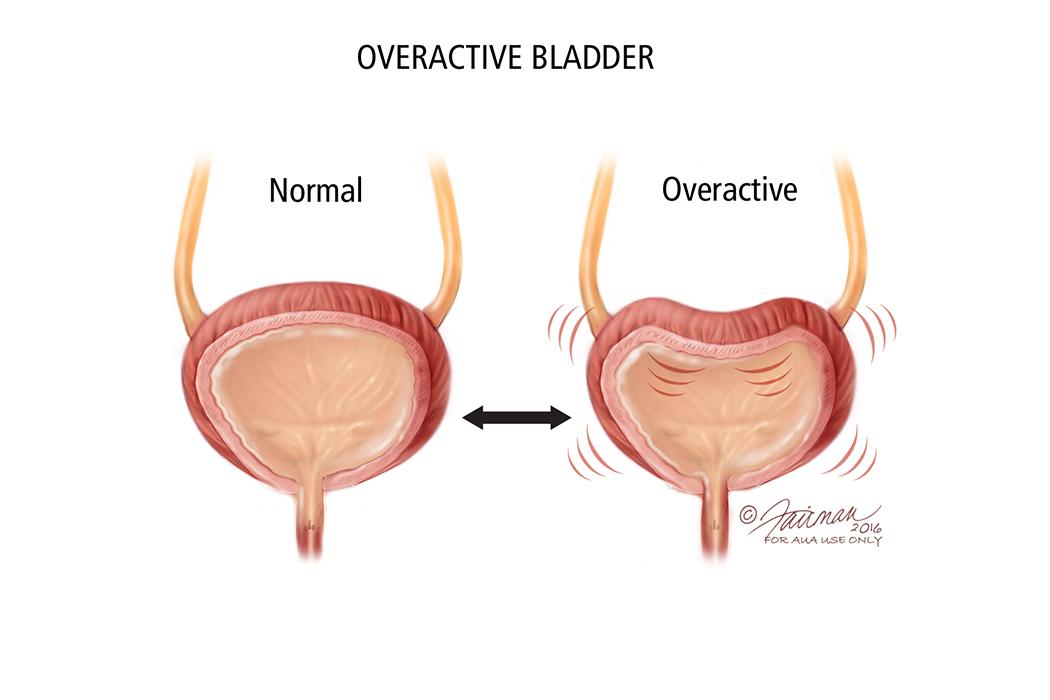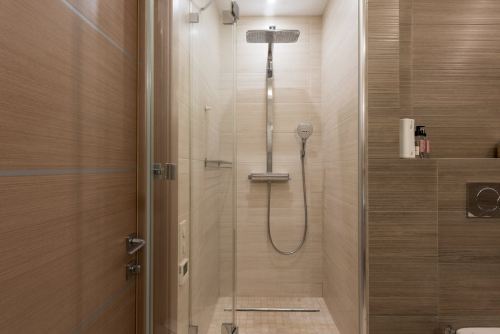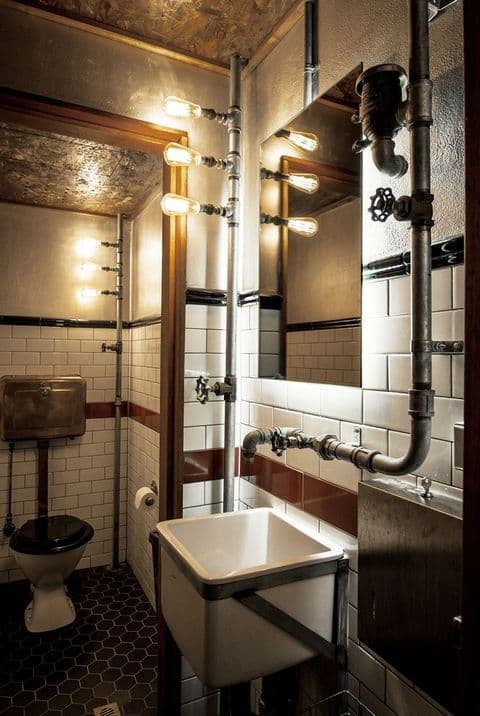Overactive Bladder
Overactive bladder (OAB) is a sudden, intense urge to urinate that you cannot control. It can also cause a need to urinate more than normal during both the daytime and nighttime. Sometimes, these uncontrollable urges result in leakage of urine—or urinary incontinence. When this occurs, it is called urge incontinence. Another name for it is “OAB wet.” When the urge occurs without leakage, it is “OAB dry.”

Normal bladder function involves an interplay between muscles and nerve signals. While the bladder fills with urine, the bladder muscles stay relaxed and the sphincter muscles contract around the urethra. When the bladder is full, it triggers the brain to send signals to the muscles. The bladder muscles squeeze around the bladder and the sphincter relaxes to let urine flow. In OAB, the brain communicates the need to urinate or the muscles react when the bladder is not full.
Overactive bladder is very common in the United States. Up to 30% of men and 40% of women struggle with overactive bladder symptoms. Several problems can cause OAB. Often, OAB is the result of a combination of problems, such as weak pelvic muscles and being overweight. For men, having an enlarged prostate is one of the most common causes of OAB. For women, being postmenopausal is a common contributing factor. While these overactive bladder causes are age-related, OAB is not a normal part of aging and treatments are available.
Overactive bladder treatment usually starts with lifestyle changes and behavioral strategies. These steps may be enough to improve urinary control. If symptoms persist, doctors may prescribe medications or recommend surgery.
Left untreated, OAB may continue to worsen and can lead to other health problems, such as depression, anxiety, and sleep problems. See your doctor if a frequent or urgent need to urinate, with or without incontinence, disrupts your life or interrupts your sleep.



